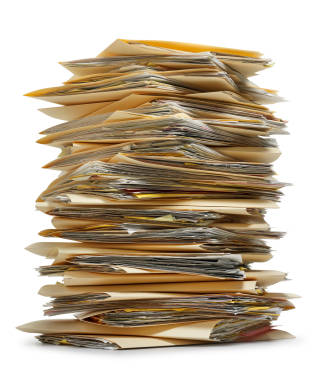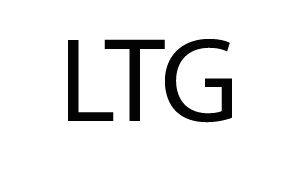Email is (still) a problem; we all know it and we’ve discussed a few potential solutions and processing methods here before.
But earlier this month, Sam Grobart of The New York Times laid out a coping strategy that offers a fresh perspective on email management. The best part: it’s easy to follow.
For those practicing David Allen‘s Getting Things Done (GTD), Grobart’s system might make you anxious just reading about it. But for those with swollen inboxes and no system yet in place to deal with it, this just might be the answer you’ve been waiting for.
The LTG Method
Grobart calls his system Letting Things Go (LTG) and presents a more laid back approach to email management. In his words:
…the problem with a lot of organizational systems is that they replace one anxiety (“My stuff’s not organized”) with another (“My stuff’s not organized according to this specific system”).
To avoid this secondary anxiety, Grobart suggests that we should actually avoid the organization step altogether—or at least automate it. LTG instead relies on basic search techniques and a few new tools to automate the rest. He breaks the system down into the following 5 steps:
Stop organizing, start searching – Today’s email clients, Gmail in particular, offer robust search capabilities that essentially eliminate the need for other organization. That’s right—labeling or filing is largely a waste of time. Next time you need a message, try searching for it organically rather than browsing within a folder. If anything, searching is quicker.
Be ruthless about blocking – To reduce the amount of email you receive in the first place, consider blocking addresses that send inappropriate messages. Don’t bother unsubscribing, that takes too long. And don’t be hesitant, block ruthlessly.
Build a digital nag – There are also tools available to make sure that nothing falls through the cracks, even without folders. For Gmail users, Boomerang for Gmail is the clear winner. With Boomerang, you can select a message to be archived for now and automatically returned to the top of your inbox at the perfect time. So instead of letting messages get buried in your inbox, use Boomerang to get them out of your inbox for now and bring them back at appropriate times.
Use your inbox as an address book – There’s really no point in maintaining an external address book these days. If you archive your messages, all of your contacts are accessible by search. But if you insist on keeping an address book, use tools like Xobni to automatically update it.
Make your peace – No system is perfect, including this one. The pure volume of email we receive on a daily basis makes a perfect system pretty much impossible—we simply don’t have the time that a perfect system requires. There is too much email, and there always will be.

I personally have always followed the GTD method fairly closely, with a few caveats of my own. Over the years the labeling and filing has become habitual, but it definitely takes up time and I rarely actually use them to locate a particular message. I think LTG is definitely worth a shot. I’m going to give it a try for a few weeks, but it will take some serious discipline to break the habit.
Well, readers, what do you think? Is a loose system better than a strict organizational system?
GTD’ers, do you think you can break the habit? Or are you even willing to try?

